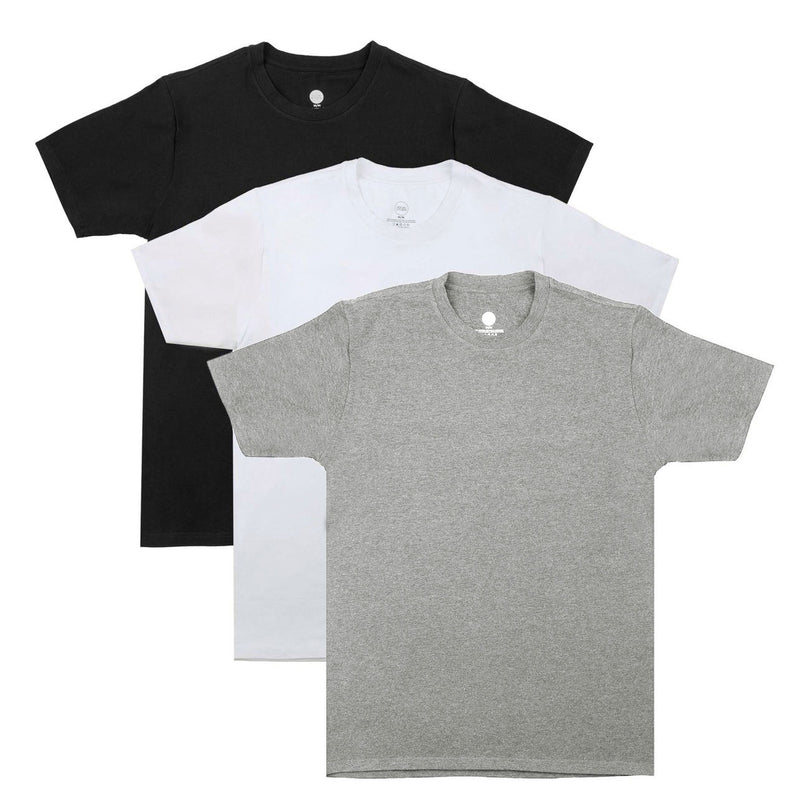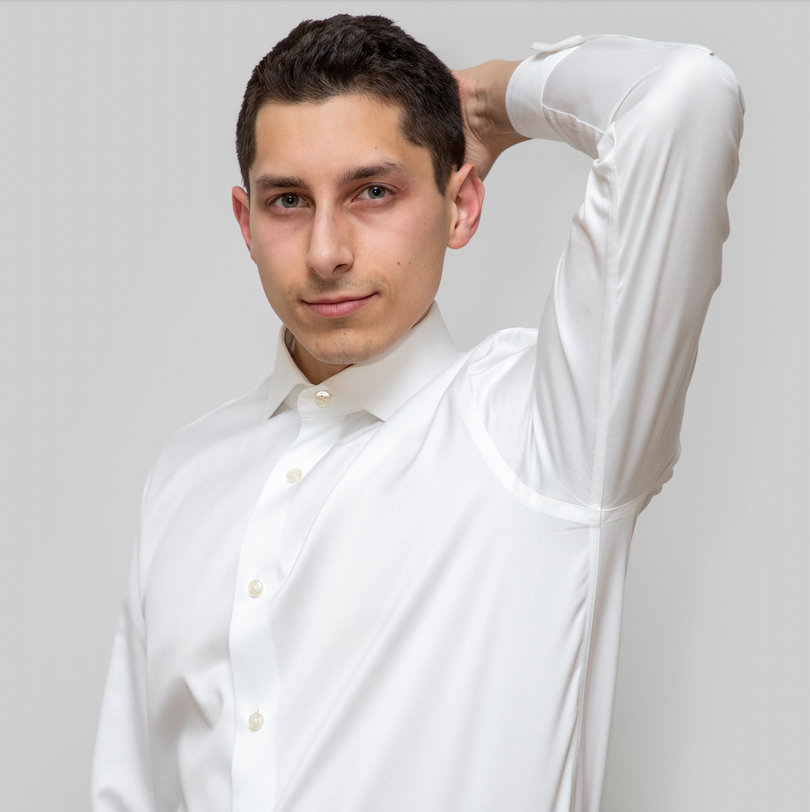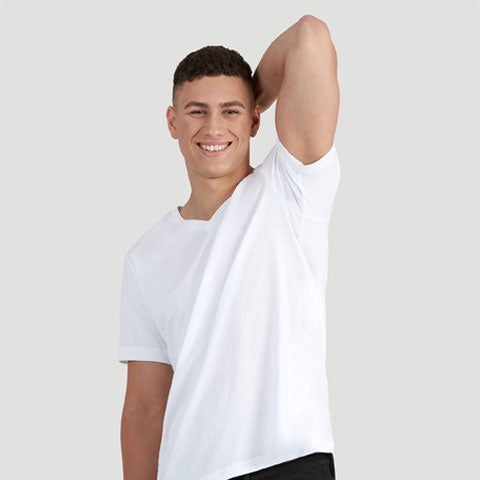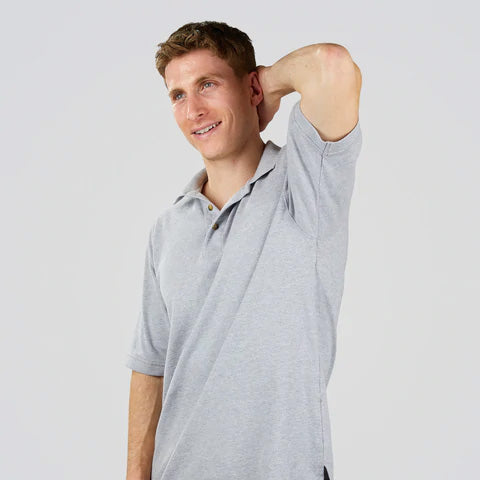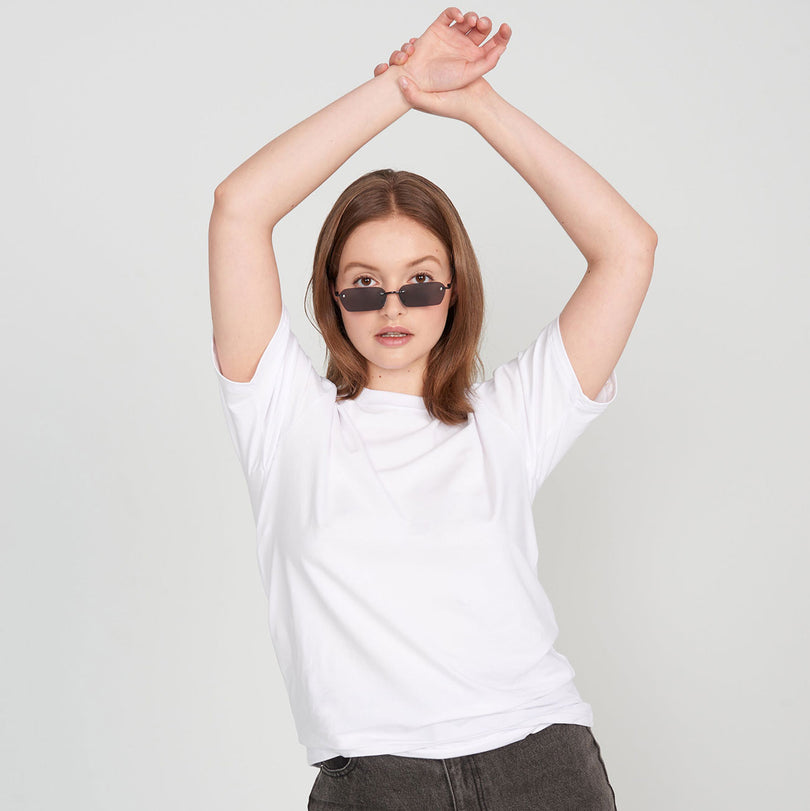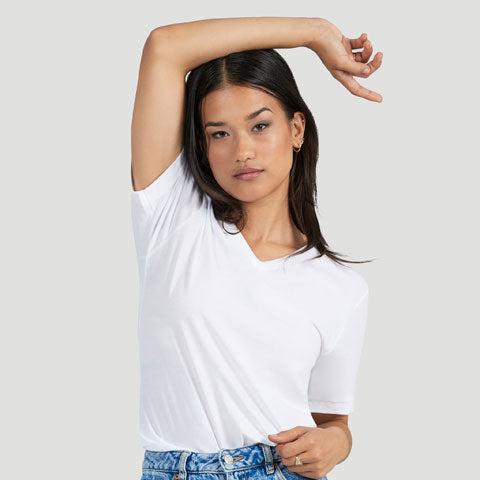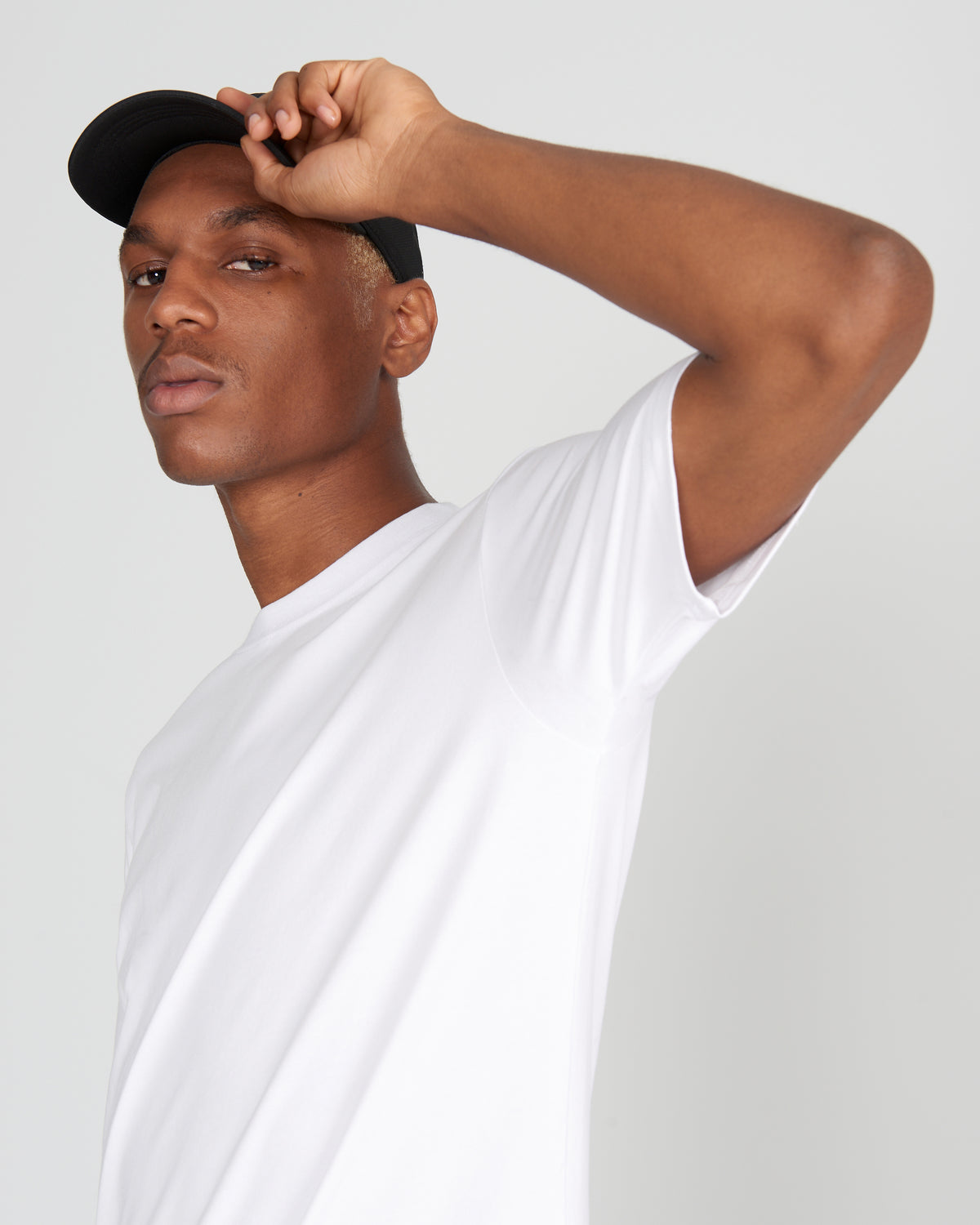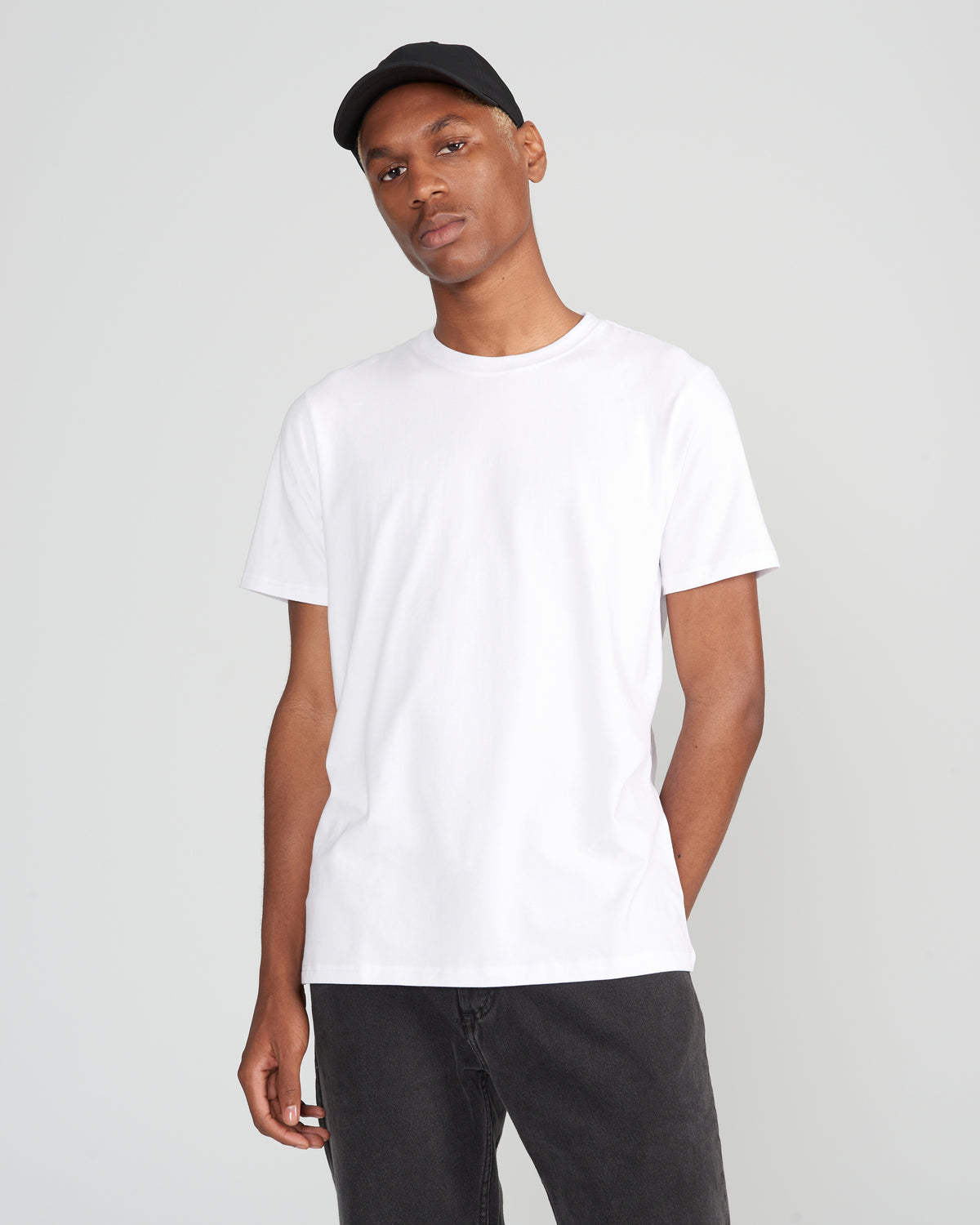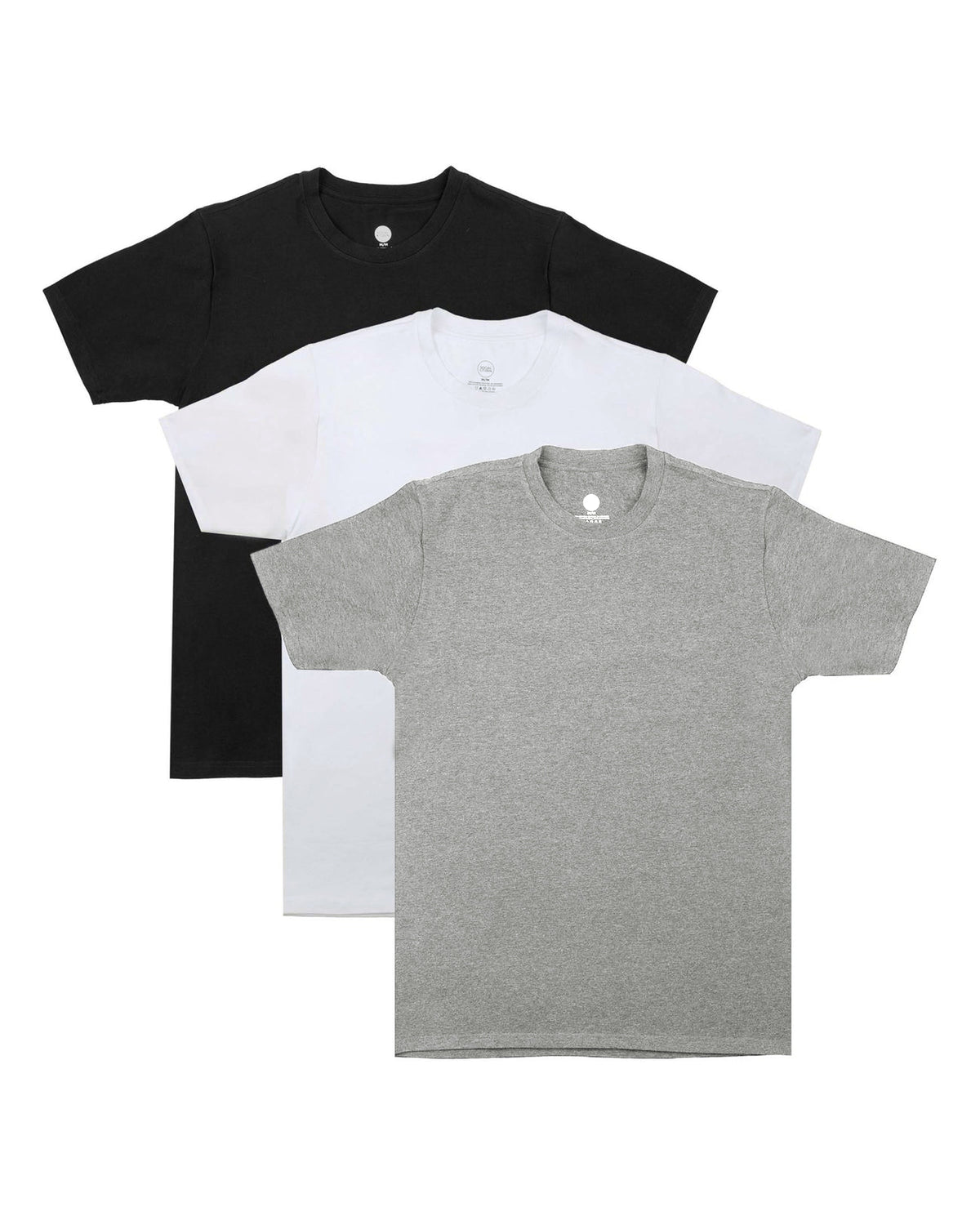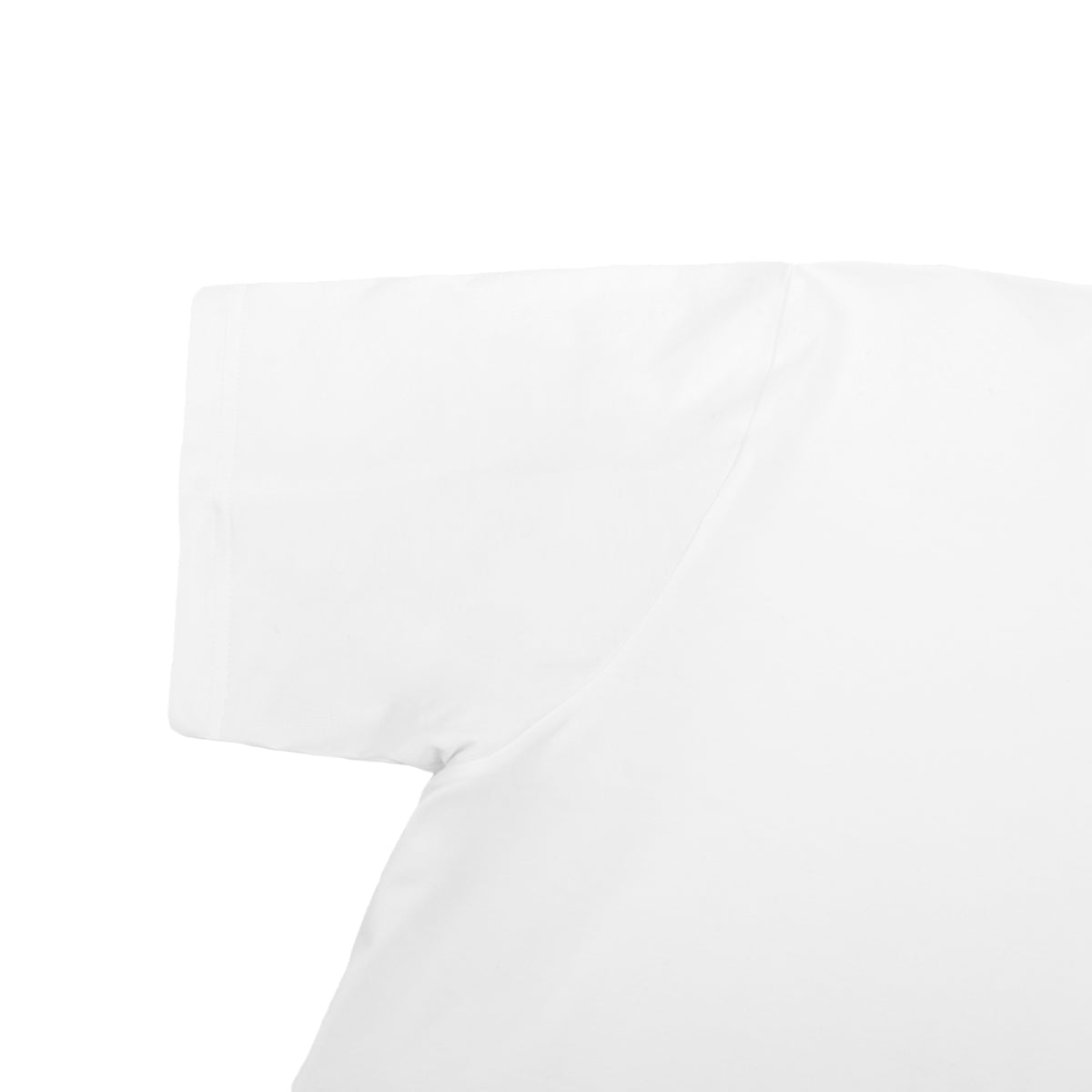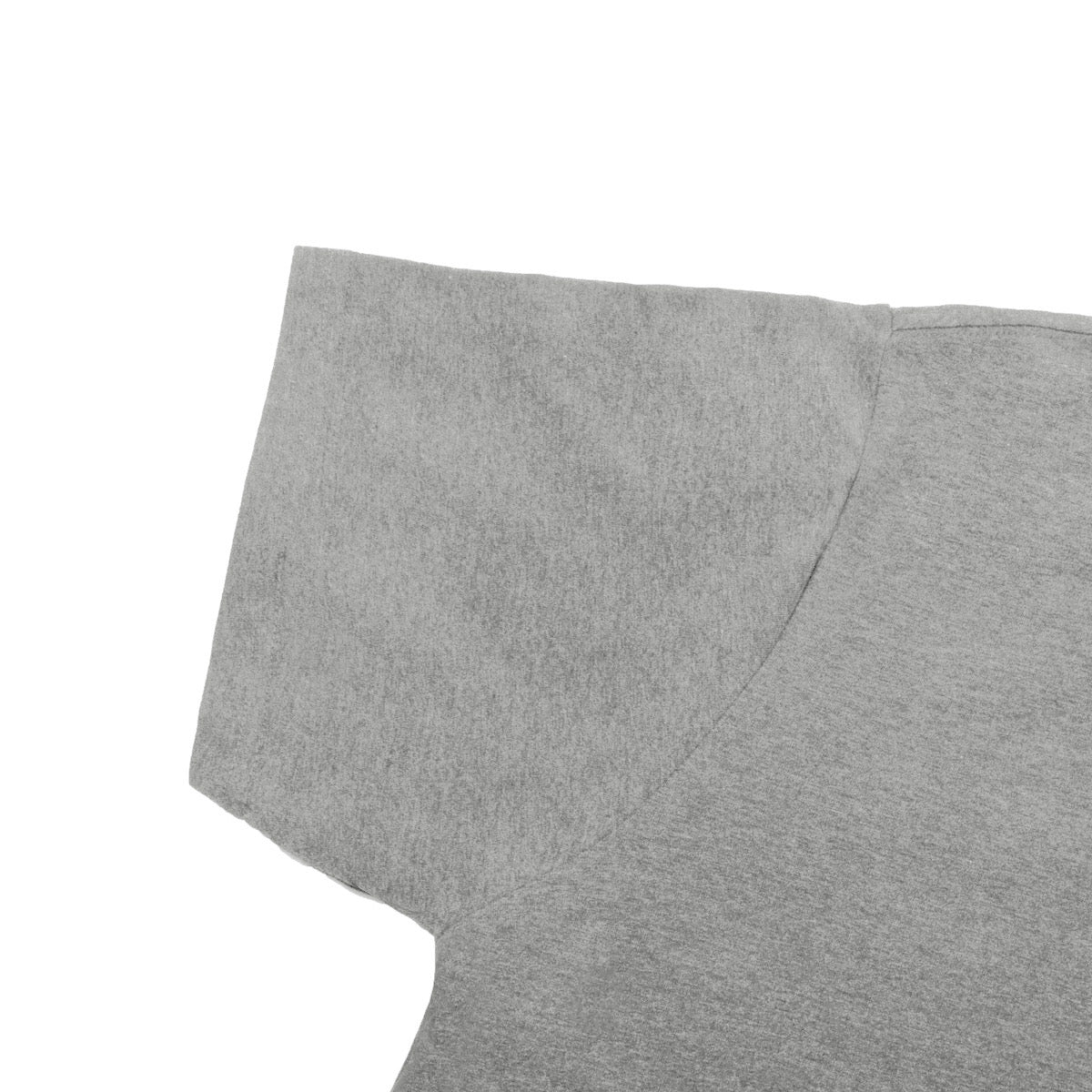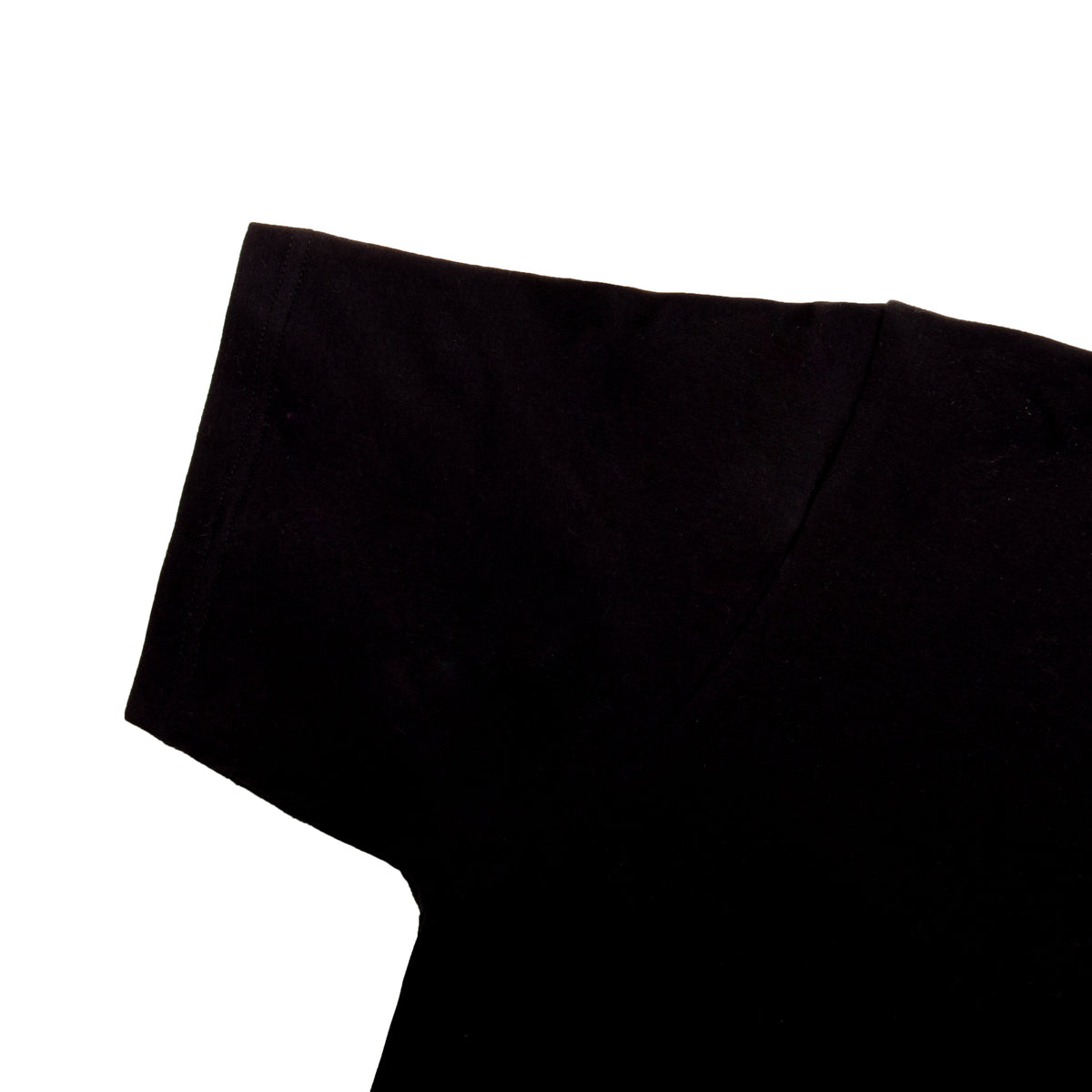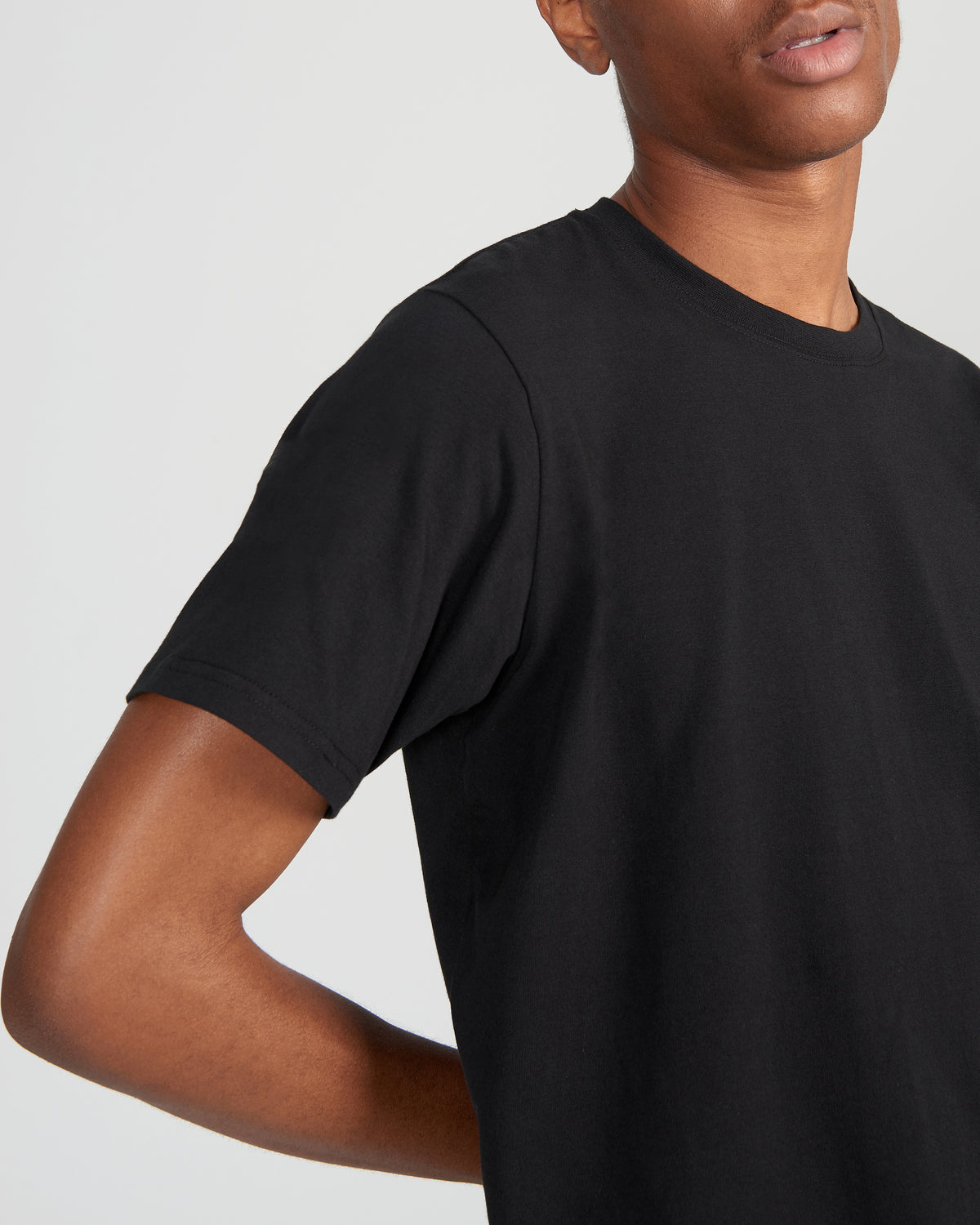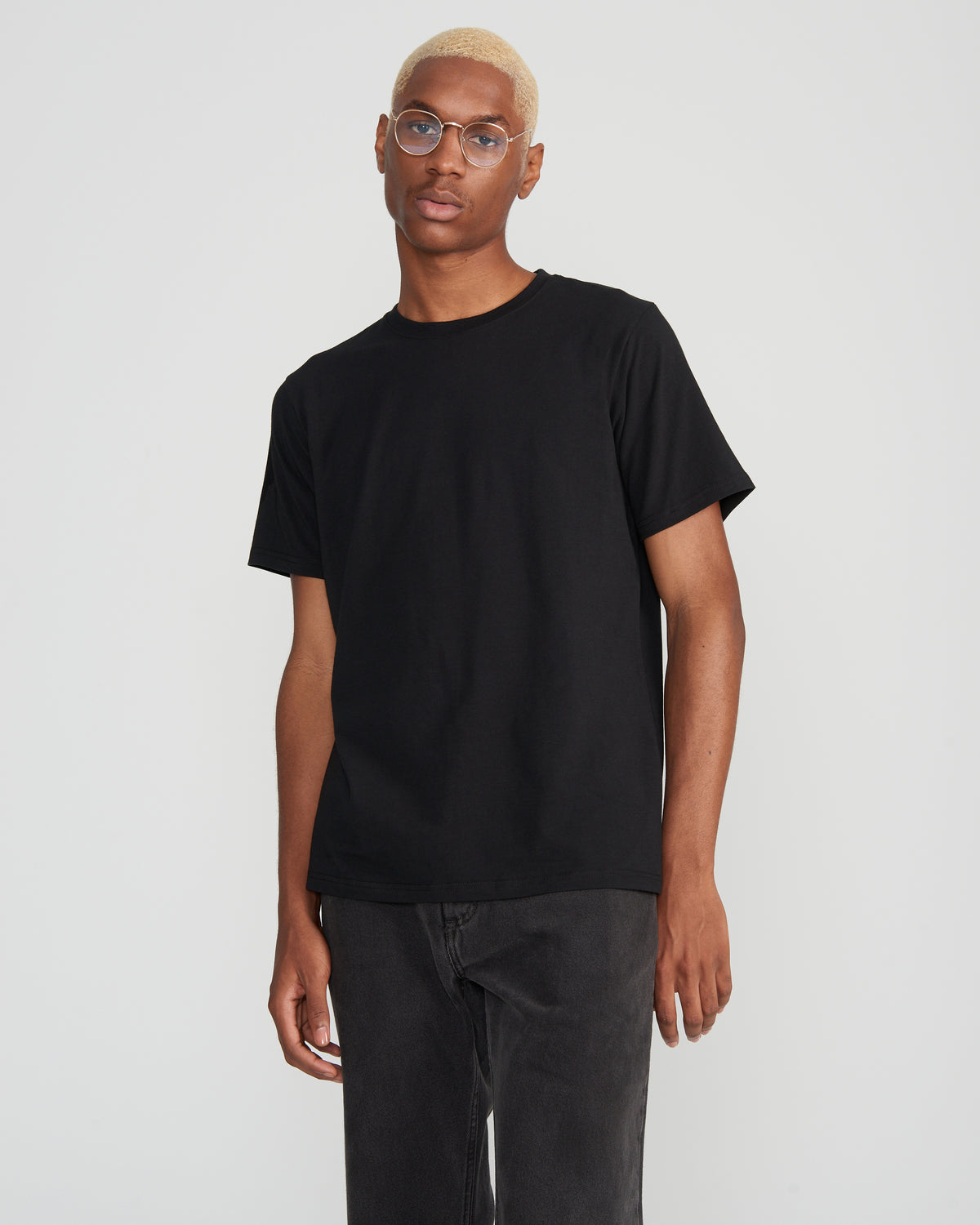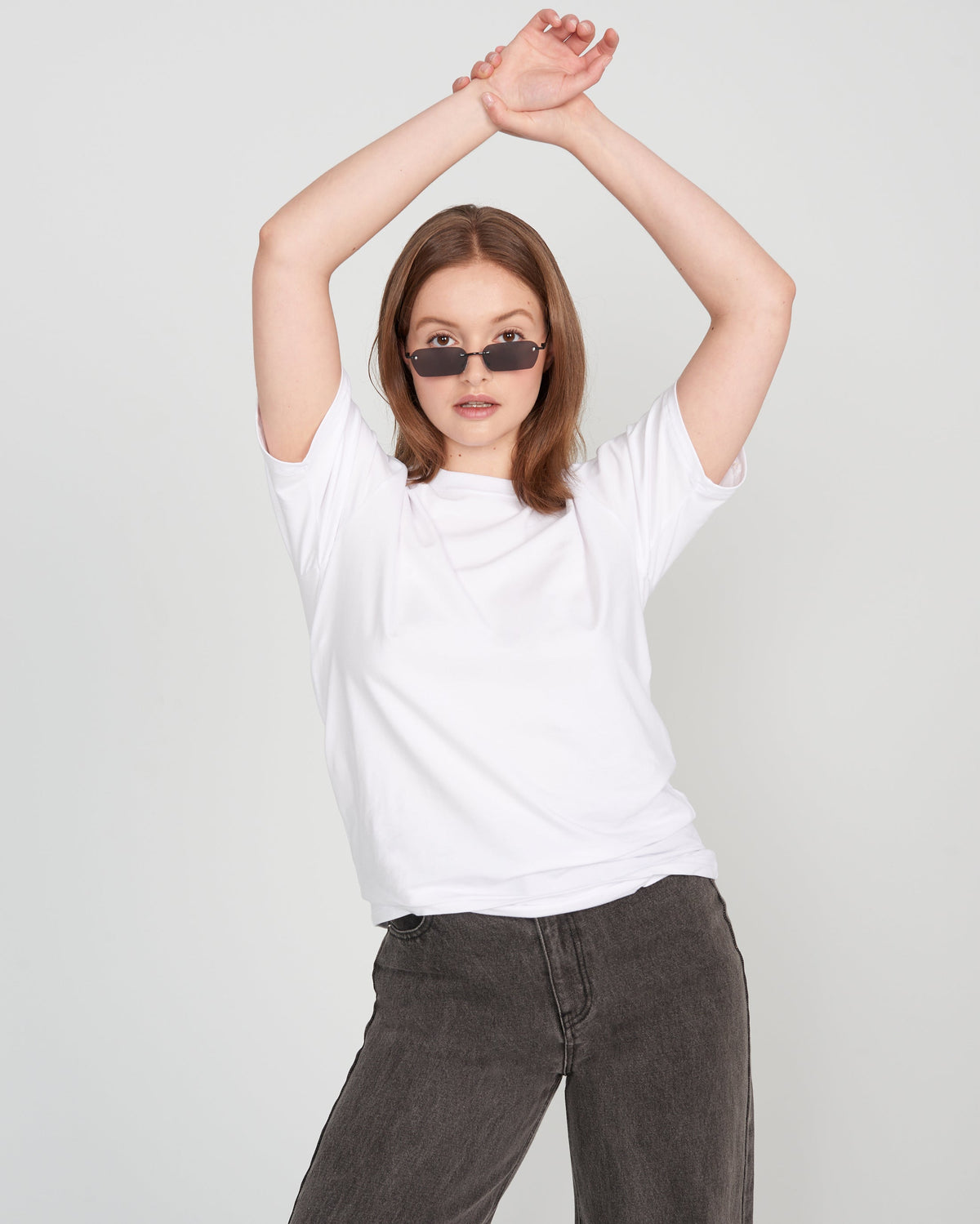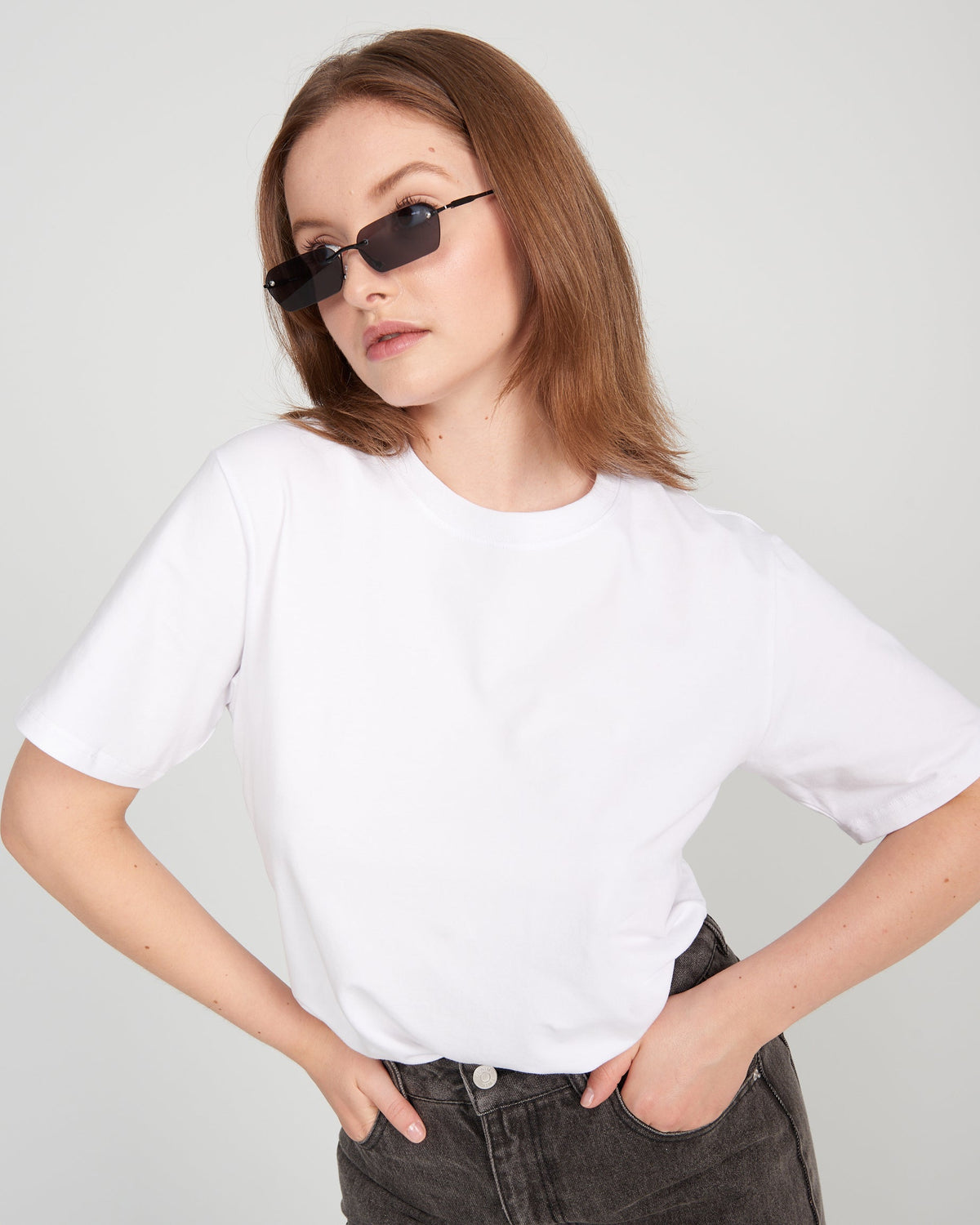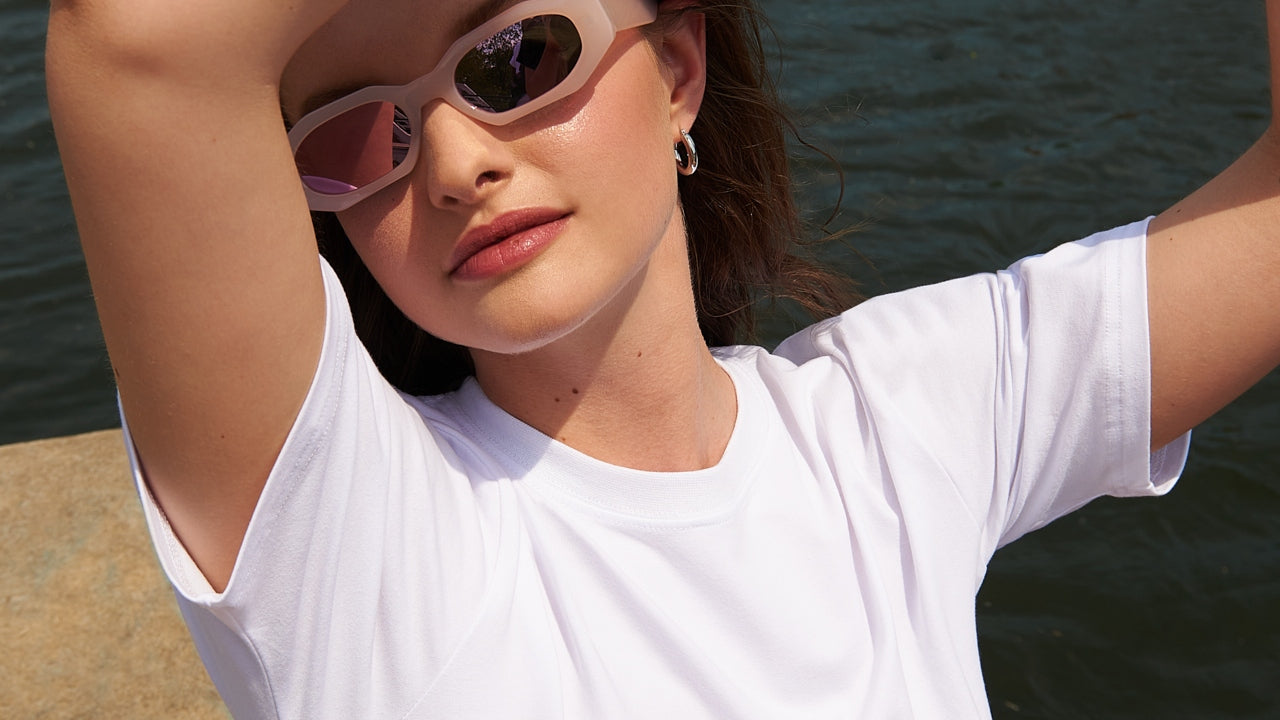Sweating may be a basic part of our everyday lives, but it’s also a biological process. The human body has been thoroughly studied and understood by scientists and researchers when it comes to sweating.
That’s why, when you’re reading about sweat online, you might come across some pretty science-y sounding medical terms for sweating that you aren’t familiar with. To help you make sense of them, we’ve put together this guide to the most common medical terms you should know related to perspiration.

The Science of Sweating
To start, let’s make sure we’re on the same page with a basic understanding of what sweating is and the mechanism behind how it works.
Sweating, also called perspiration, is a bodily function found in mammals. It’s used to help cool you down, regulating your body temperature and keeping it within normal ranges.
The way that sweating cools you down is by moistening the surface of your body and evaporating from your skin. The process of evaporation requires energy known as the heat of vaporization. As your body uses excess heat to convert sweat into vapor, it cools down in the process.
When a person sweats, they release salt-based fluid from their sweat glands, of which each person has an average of over three million. There are two types of sweat glands, eccrine and apocrine.
Eccrine glands are located all over the body and produce a lightweight, odorless sweat. Apocrine glands are concentrated in the hair follicles around the scalp, armpits, and groin, and release a heavier, fat-laden sweat with a distinct odor. When apocrine sweat breaks down and mixes with the bacteria on the skin, it creates what is known as body odor.
Sweating is controlled by the autonomic nervous system, meaning that it happens on its own, without conscious control. There are a few things that can trigger sweating, including:
- Elevated body temperature
- Elevated environmental temperature
- Stress
- Eating certain foods
- Medications and illness
When Sweating Goes Too Far
As you can see, sweating is a completely normal and even important process. It can also exist in a way that is abnormal and excessive, beyond what is necessary to keep you cool. When that happens, it can be classified using one of two medical terms: hyperhidrosis and diaphoresis.
Think you may be suffering from an excessive sweating condition? Try out Social Citizen’s sweat-proof Social Tee today to stop 100% of sweat stains - guaranteed.
What Is Hyperhidrosis?
Hyperhidrosis is a medical condition resulting in excessive sweating. There are two types of hyperhidrosis: primary focal and secondary generalized.
Primary focal hyperhidrosis is when a person’s excessive sweating is not caused by any medication or medical conditions. It is usually symmetric, occurring equally on the left and right sides of the body, and localized to specific body areas such as the hands, feet, underarms, face, and head. It usually begins in childhood or adolescence and may be inherited, as it is common for multiple members of the same family to have primary focal hyperhidrosis.
Secondary generalized hyperhidrosis, the second type of hyperhidrosis, is also known as diaphoresis.
What Is Diaphoresis?
Diaphoresis is excessive sweating with a cause, usually another medical condition or the side effect of a medication. Unlike primary focal hyperhidrosis, diaphoresis typically occurs all over the entire body. It usually starts in adulthood and happens even while the affected person is sleeping.
In order to treat diaphoresis, the first step is to determine its cause. Possible causes of diaphoresis include:
- Pregnancy
- Menopause
- Diabetes
- Hyperthyroidism
- Heart attack
- Certain types of cancer, including lymphoma, leukemia, bone cancer, carcinoid tumors, and liver cancer
- Anaphylaxis
- Withdrawal from drugs or alcohol
- Certain medications including pain medications, antibiotics or anti-viral medications, drugs used in chemotherapy, antidepressants, and hormonal medications
Solutions for Excessive Sweating
People who suffer from hyperhidrosis and diaphoresis often struggle with a number of issues from physical discomfort to low self-esteem and difficulty in social situations. So what can they do to address these challenges?
The exact approach to treating hyperhidrosis depends on the type. Because secondary generalized hyperhidrosis (diaphoresis) has a cause, it can usually be eliminated by finding and addressing the reason behind the excessive sweating.
For example, if you realize that a medication you’re taking is causing diaphoresis, you can talk to your doctor about switching to a different one. In the case of things like diabetes and cancer, you may take steps to try to treat the condition itself, helping with the diaphoresis in the process. And in other situations, such as pregnancy and withdrawal, you may simply have to grin and bear it until the medical condition causing your hyperhidrosis passes.
With primary hyperhidrosis, however, there is no cause, meaning that the best you can do is find solutions for managing and living with your excessive sweating. Thankfully, there is no shortage of solutions for people suffering from hyperhidrosis, including:
- Lifestyle modifications - Changing the way you eat, dress, and bathe can all help reduce excessive sweating
- Products - Clinical and prescription-strength antiperspirants are a great option for people with hyperhidrosis
- Home remedies - Some people swear by a number of home remedies such as lemon or baking soda for managing their excess sweat
- Medical treatments - Treatments ranging from Botox injections to surgeries may be options for people with stubborn hyperhidrosis that doesn’t respond to other solutions
- Medications - A type of drug called an anticholinergic drug can provide relief for generalized sweating by blocking the chemical that helps stimulate the sweat glands
How Social Citizen Can Help You
One of the easiest, most convenient solutions for conditions like hyperhidrosis and diaphoresis can actually be found in a pretty unexpected place: your closet. See, the clothes we wear can have a significant impact on our sweating. Certain fabrics are stifling and heavy, making you hotter and causing you to sweat more. But other fabrics can actually keep you cool and fresh and disguise any sweat stains.
Even better, sweat-proof clothing like Social Citizen’s shirts for men and for women are designed specifically to help excessive sweaters. Not only are they comfortable, cool, and naturally anti-odor, but they also come with a hidden underarm pad that absorbs sweat, stopping 100% of sweat stains. This way, you’ll be able to go about your day feeling confident and comfortable in your own skin.
